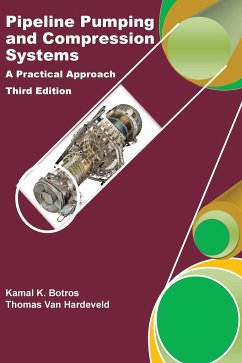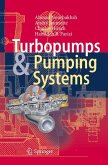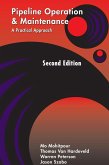The technology of pipeline pumping and compression continues to change, so we decided that it was worthwhile to again spend the time and effort to produce this third edition. In the end, the improvements turned out to be substantial, which makes us grateful to again share our knowledge and experience and that of the industry at large. The reader will find a wide range of topics that are both practical in nature and ones that delve more deeply into the science and engineering basis behind pumping and compression processes. One of the drivers for this edition was its use as the textbook by one of the authors (Tom) for a graduate course in Mechanical Engineering at the University of Calgary called Pipeline Pump and Compressor Stations, a part of the Pipeline Engineering Center. In particular, a number of additions were made to enhance the content for this course. There are no new chapters this time but significant additions include updated information on the pipeline industry, pipeline safety, contamination between batches, design of terminals, booster pumps, pump station design, monitoring of centrifugal compressor degradation, equations of state for gas mixtures, gas turbine auxiliary systems, cold vs. hot recycle surge protection, PSV instability, integrally geared compressors, pulsation and vibration control for reciprocating compressors, damping of mechanically resonant systems, transient analysis of liquid pipeline systems, a more comprehensive introduction to environmental issues and many more topics. We must admit to removing some sections related to gas and liquid hydraulics since these topics are already well covered in a similar publication from ASME, Pipeline Design and Construction - A Practical Approach, as well as other industry publications. This enabled the addition of other, more relevant advances in this area.
Hinweis: Dieser Artikel kann nur an eine deutsche Lieferadresse ausgeliefert werden.
Hinweis: Dieser Artikel kann nur an eine deutsche Lieferadresse ausgeliefert werden.








